Modena has the great merit of being known for quite different monuments. Architectural and religious monuments, as in many Italian cities, and gastronomic masterpieces such as its famous vinegar. But there are also contemporary monuments that you can take the time to admire when they’re not speeding past you, the Ferraris and other Lamborghinis and Maseratis built in the region…
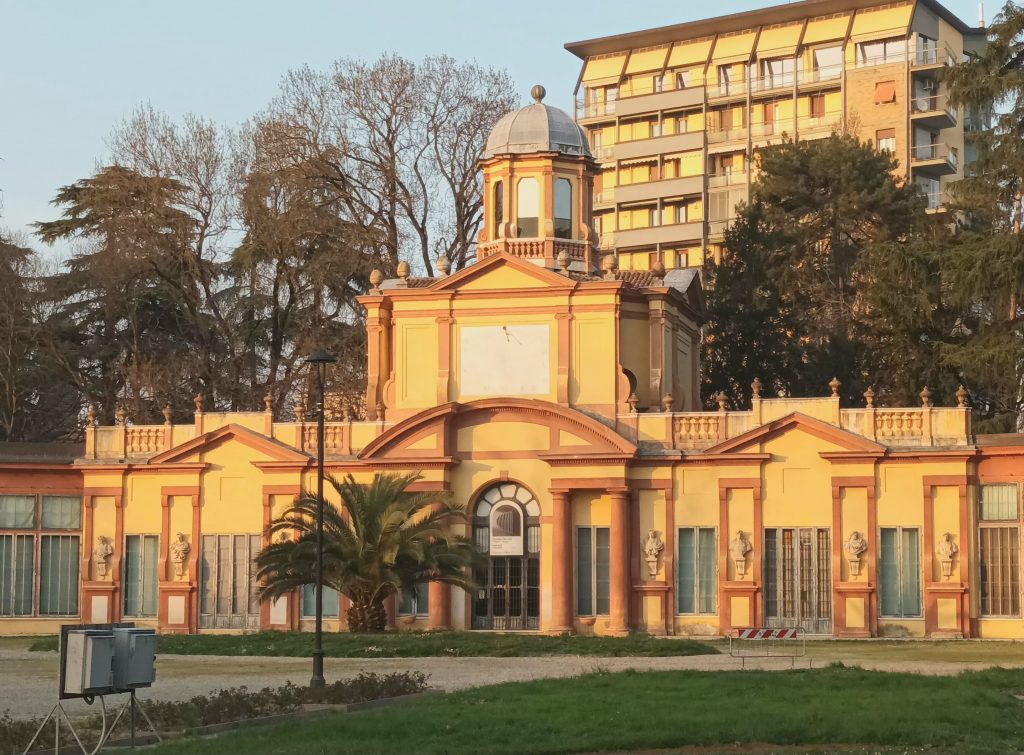
History of the Jews of Modena
The Jewish presence in Modena probably dates back to the 15th century, when they found themselves under the protection of the Dukes of the East. In 1443, they were obliged to wear a distinctive sign. Eight years later, a papal bull authorised them to settle freely.
Following the Spanish Inquisition in 1492, Sephardic Jews migrated to Modena, as well as other Italian cities. A ghetto was established in Modena in 1638. Numerous synagogues and oratories were built at this time. The city was an important centre of Jewish studies, thanks to the influence of numerous scholars.
An ancient document proves the existence of a Jewish cemetery . It was located near the present-day Via della Fosse. It was used until the 17th century. A Jewish plot was set up in the San Cataldo cemetery.
Like in the other Italian territories conquered by Napoleon, the Modena ghetto was abolished in 1796, but reinstated in 1815. It was not until the territories were annexed to the Kingdom of Italy that the Jews became full-fledged Italian citizens in 1860, enjoying the same rights as their compatriots.
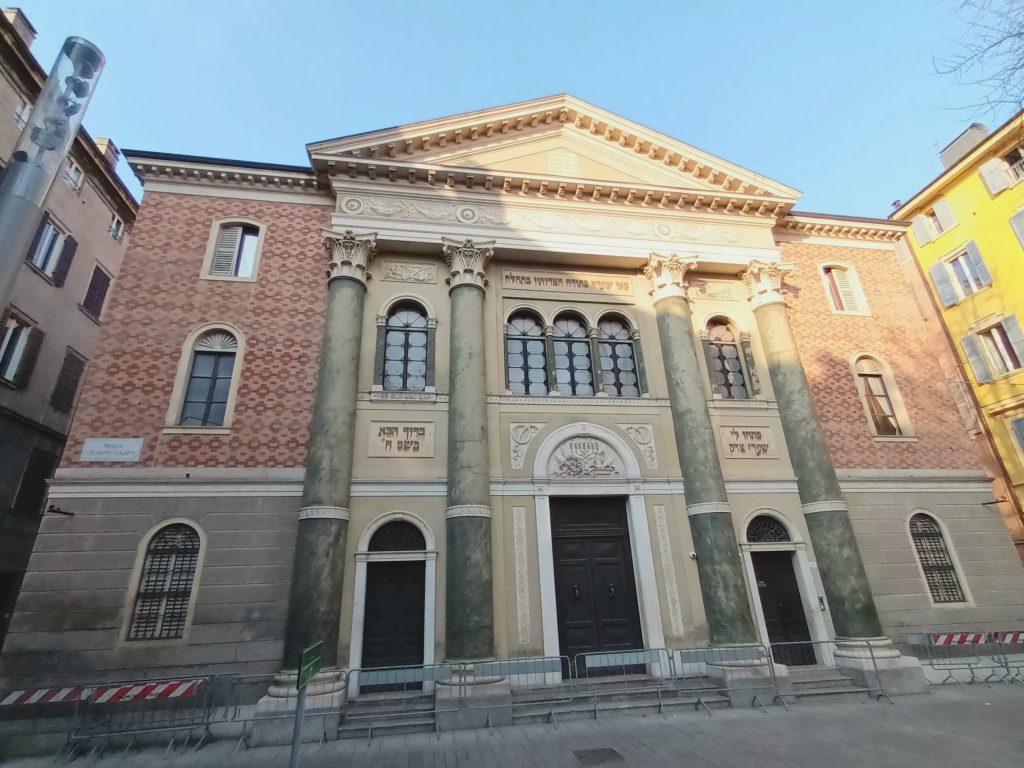
As a symbol of this integration, a magnificent synagogue was built in 1869. At the same time, part of the ghetto was razed as part of an urban renewal program. Although the community numbered almost a thousand in the mid-19th century, this figure gradually declined, due in particular to the many departures to Milan.
Just under 500 Jews lived in Modena on the eve of the Second World War. Of these, 70 were deported during the Holocaust. Many Jews took part in the Resistance. Angelo Donati, who fought in the First World War and later became a diplomat, organised the escape of thousands of Jews, while the president of the community, Gino Friedman, managed the protection of many young refugees. Although relatively small, the Jewish community remains very active culturally.
Visit Modena
Getting off at Modena station, you take the Sgarzeria, where the old tobacco factory is located. Continue along Via Francesco Rismondo, with its yellow, orange, clay, pink and red buildings.
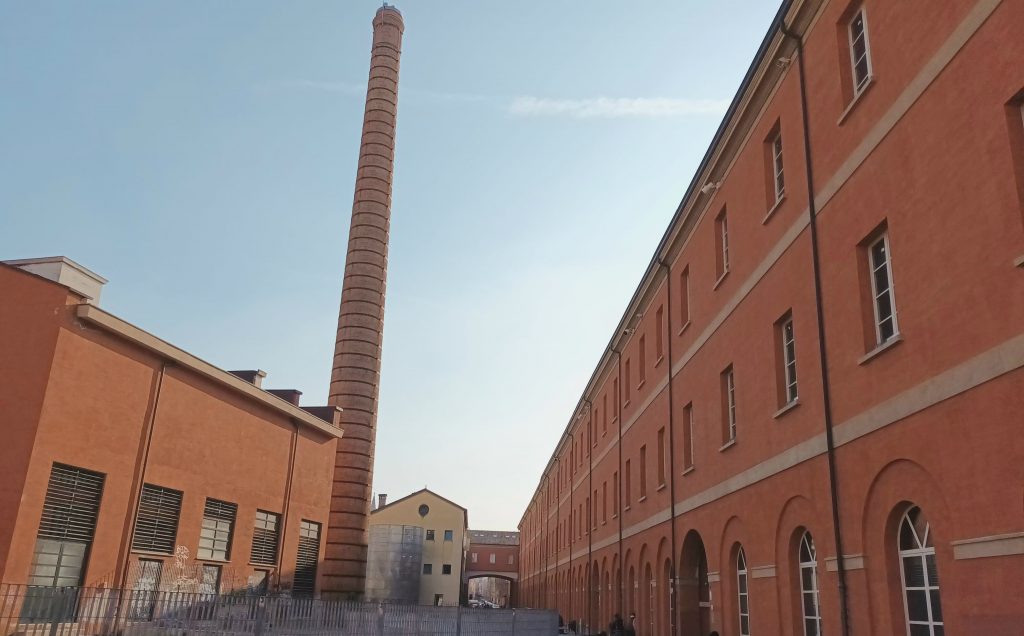
Then Via Emilia Centro and you turn right onto Corso Duomo, a pretty square with many cable cars intertwined like irremovable metal clouds, populated by terraces, arches, kiosks and passers-by twirling around. And there’s a surprising little sculpture of a football player in homage to Pannini, the famous inventor of sticker books.
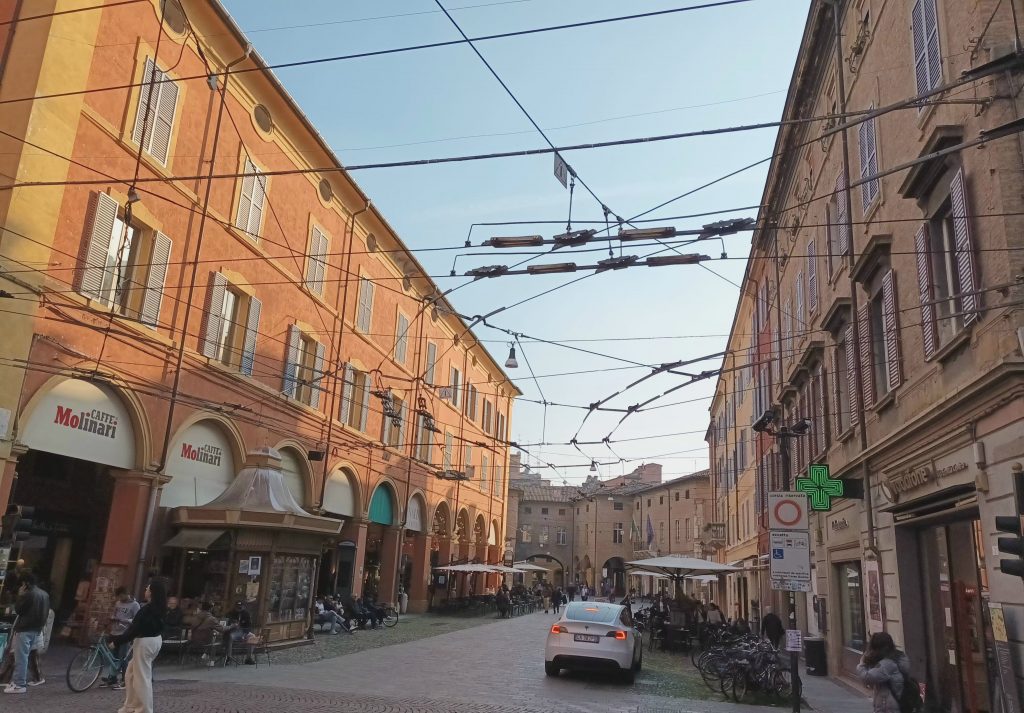
A little further on, past the square with its merry-go-round, you finally arrive at the Palazzo dei Musei, which houses the state archives, a library and the city’s museums, a complex rather like the old building housing this type of venue in Parma.
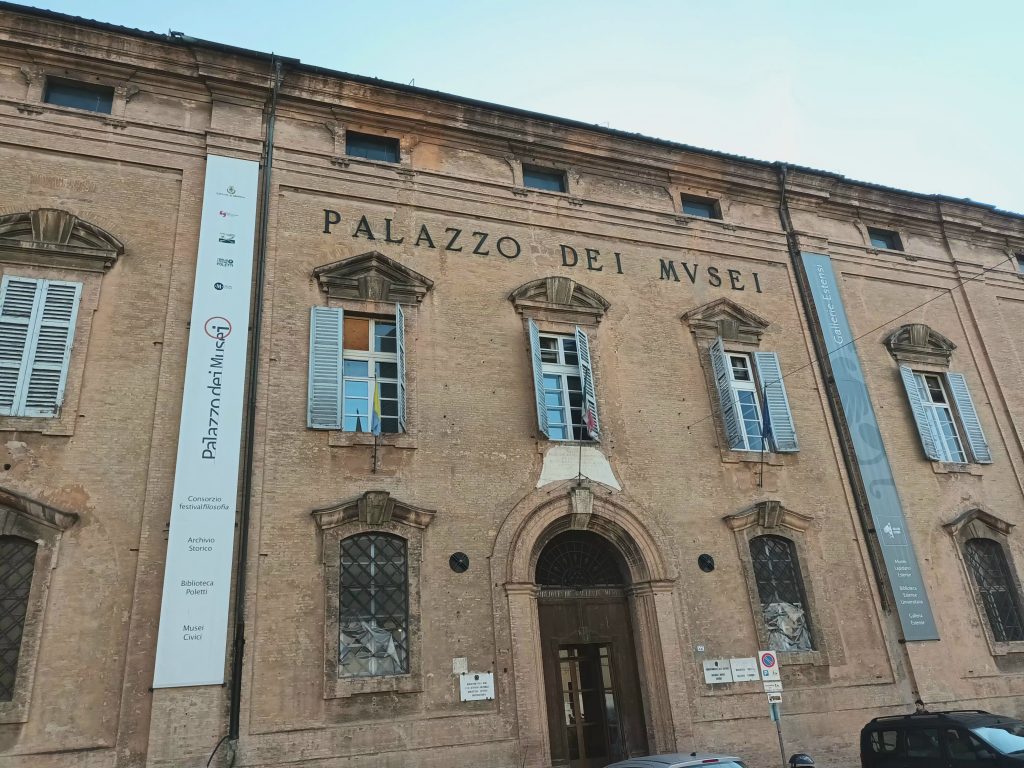
Take the narrow streets towards the cathedral and you’ll come across the Sala Truffaut, a film club named in tribute to the French director Via degli Adelardi. A pretty square then awaits you at the corner of Via dei Servi and Francesco Selmi.
A hundred yards further up, in Via Luigi Albinelli, you’ll find the town’s historic covered market with its stalls and long tables. Please note that opening times are limited out of season.
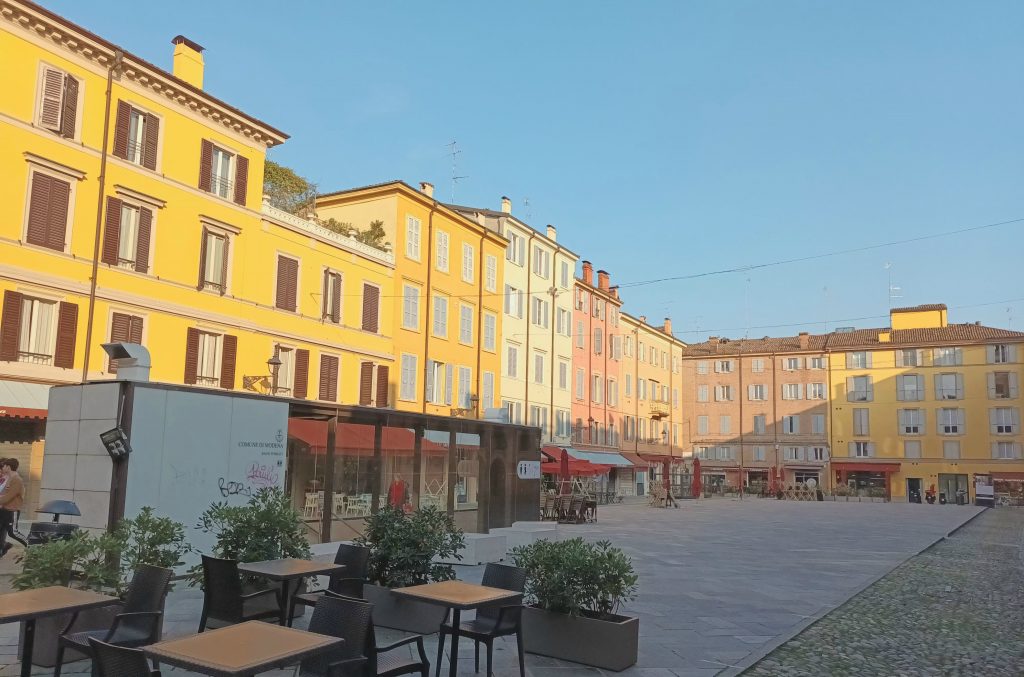
Walk another hundred yards, past the pretty Piazza XX Settembre, to arrive in Piazza Grande. The city centre is home to the cathedral, which faces the Palazzo Comunale. The juxtaposition of temporal and spiritual powers is common in this region of Emilia Romagna. Modena’s cathedral is very different from its neighbour in Parma, which is fairly sober, with its red bricks and murals in the background.
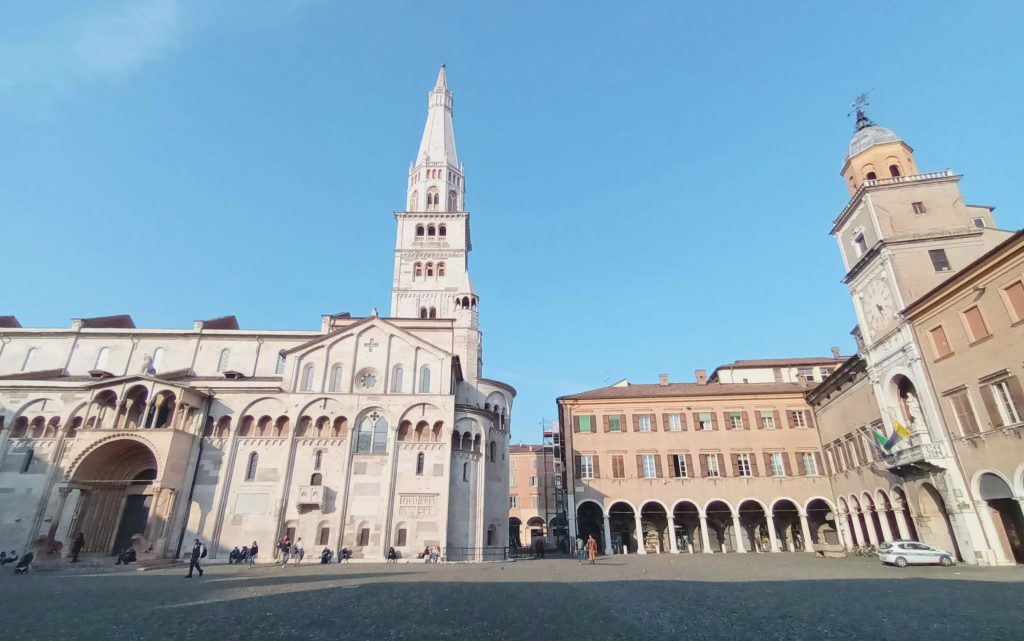
A little higher up, you come to Piazza Mazzini, named in honour of Giuseppe Mazzini, the Italian revolutionary and patriot. A statue pays tribute to him.
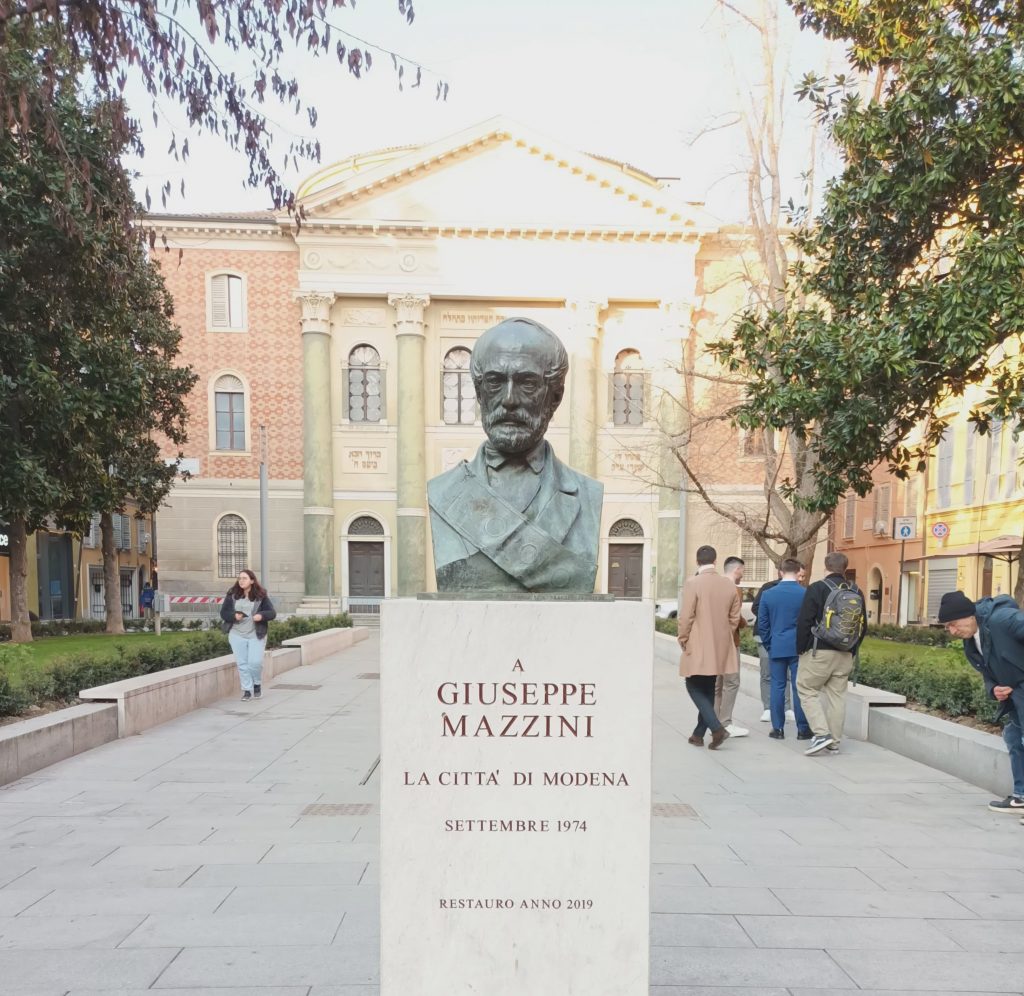
Also on display at the entrance to the square is a map of the areas of Modena that were bombed during the Second World War.
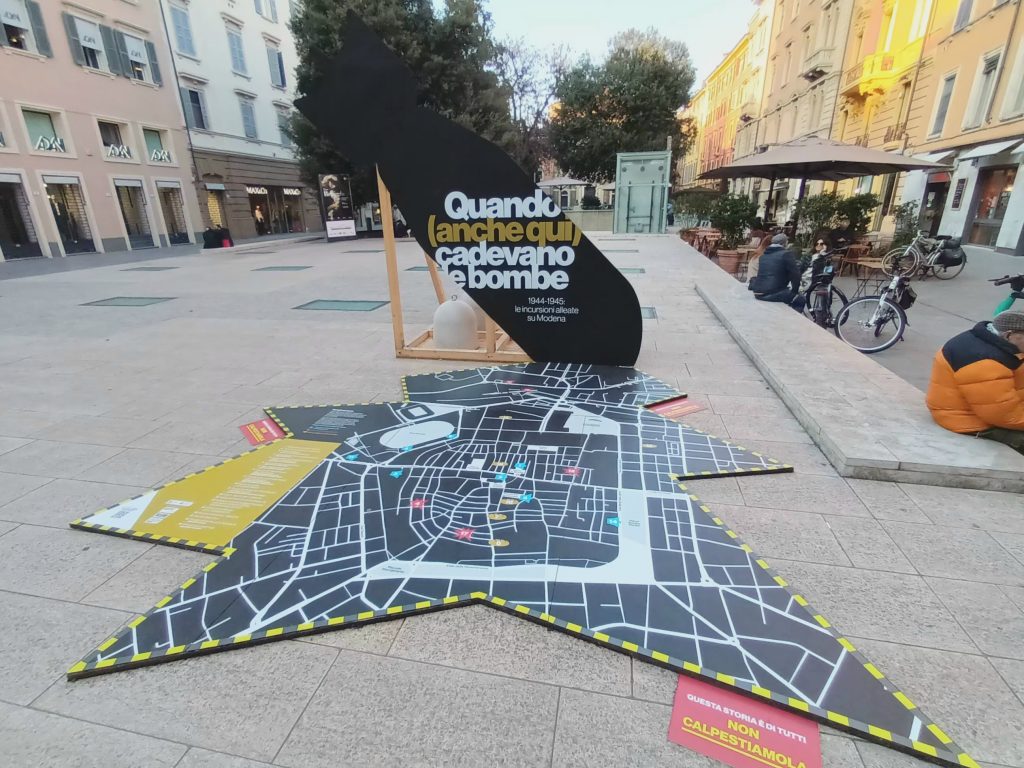
At the end of the square is a beautiful orientalist synagogue, built between 1869 and 1873 to a design by Ludovico Maglietta. It has a double façade, one overlooking Piazza Mazzini and the other Via Coltellini. Inside, the circular prayer room is surrounded by a Corinthian colonnade that supports the women’s gallery.
The façade of the synagogue bears the Hebrew words “Baroukh haba beshem Hasehm” and “Ptekhou li Shaaré tsedek”, meaning “Welcome in the name of God” and “May the gates of justice be open to me” respectively. A message of openness and the quest for tikun olam, the repair of the world.
The street to the right of the synagogue is via Biasa, on and around which the ghetto was located.
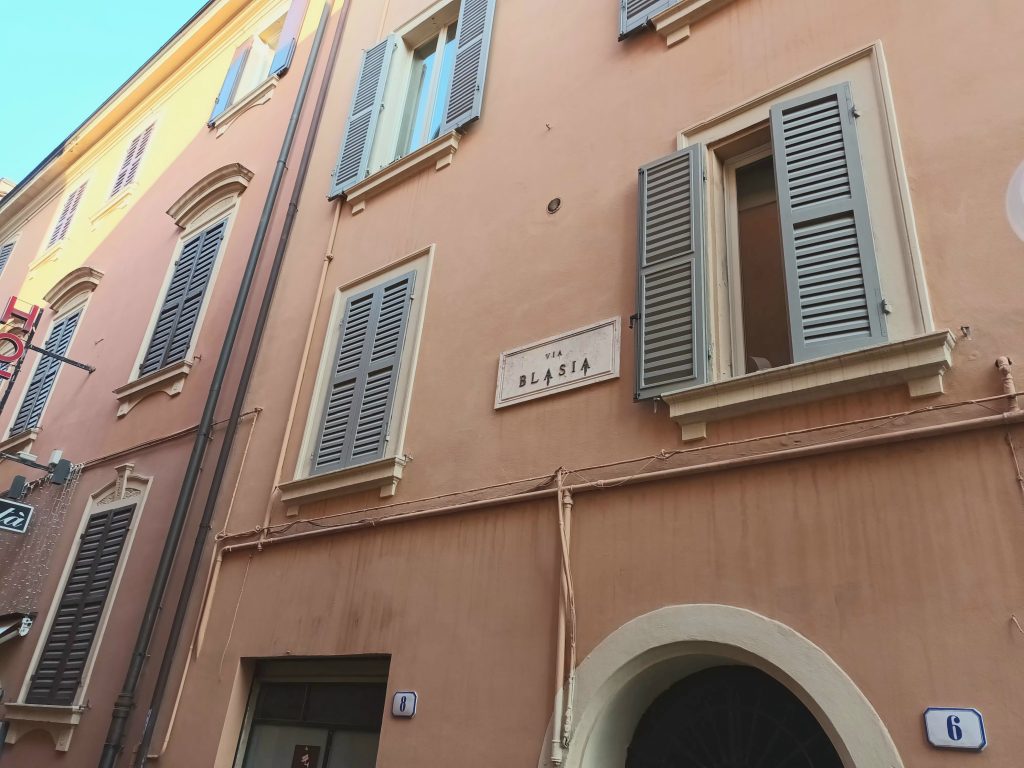
You then come to the impressive Palazzo Ducale building, where Italian army officers are trained, which overlooks Piazza Roma.
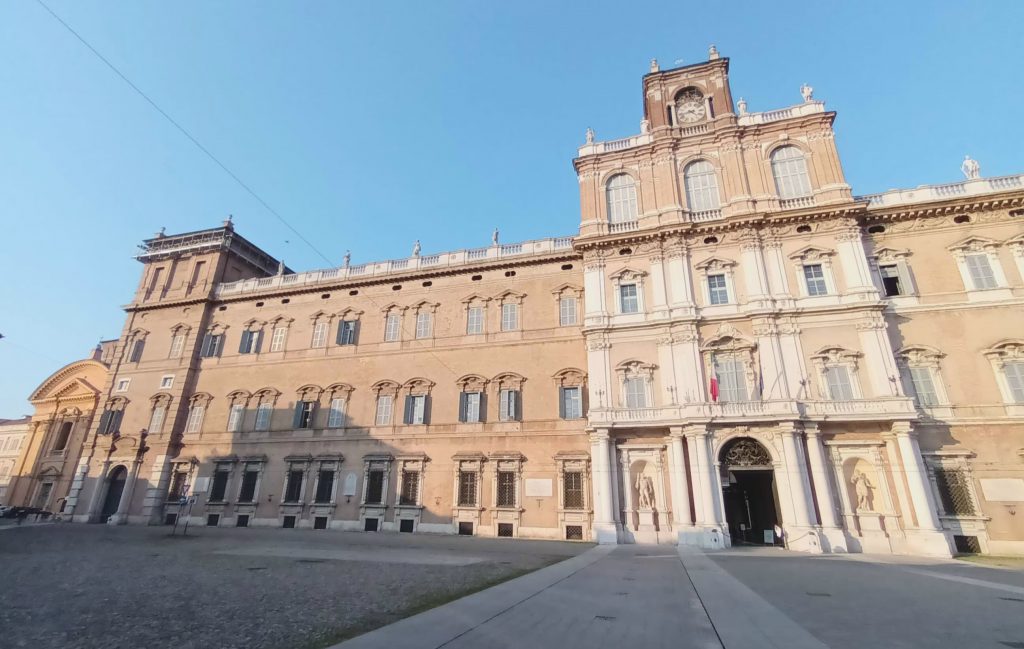
Turning left into Piazza San Domenico, you can see the statue of a woman on the Monument to Liberty.
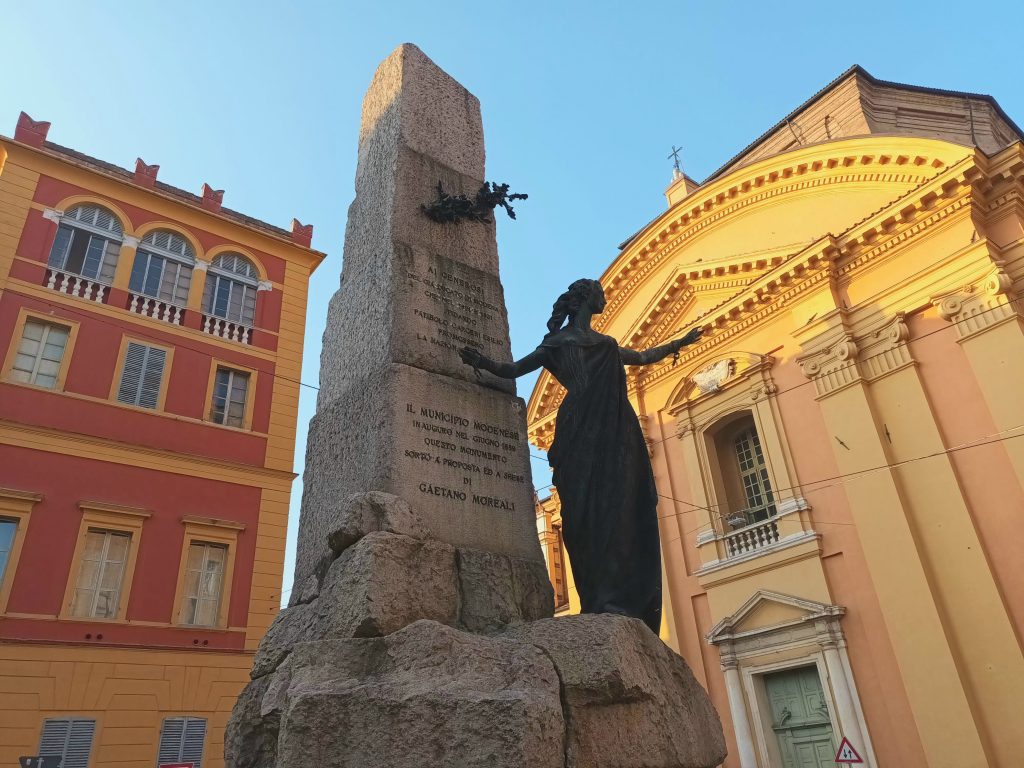
To the right of the square, a statue of the famous opera singer Luciano Pavarotti stands on Via Carlo Goldoni, inviting you to enter the municipal theatre that bears his name and is located behind him. Next door is the Museo Pannini, less generous and surprising in its presentation than the stickers we used to find in his parcels as children.
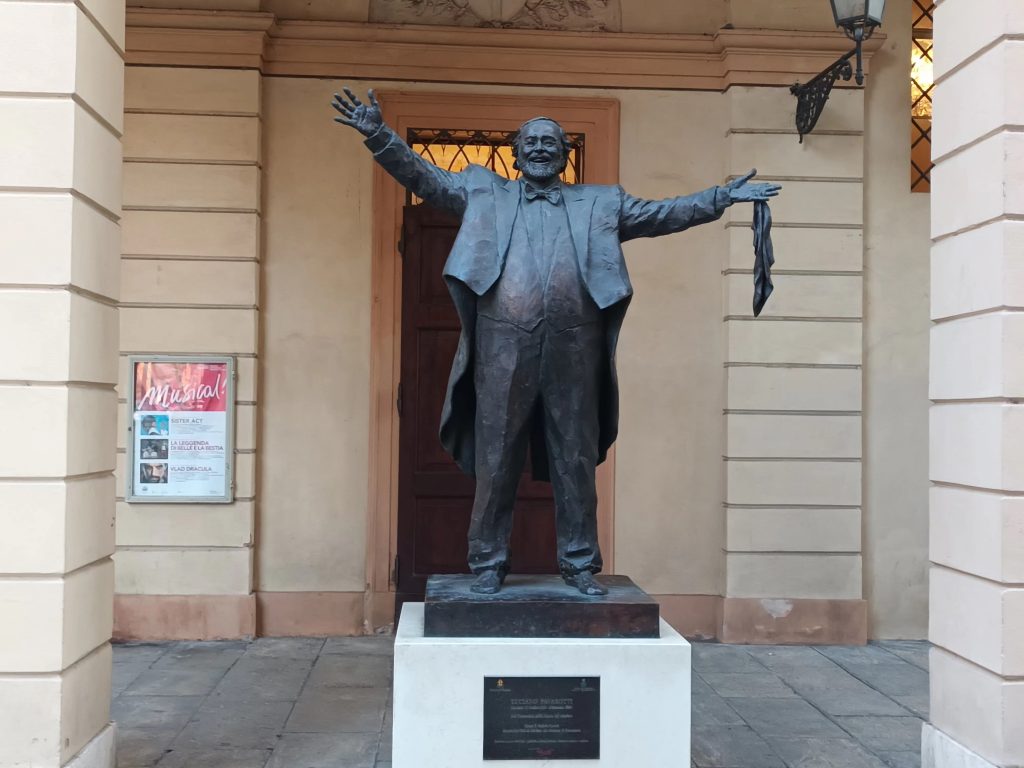
In the same Palazzo Santa Margherita complex, there is a library frequented by students who sit in the courtyard, where since 2023 there has been an exhibition showing numerous photos of the streets of Modena in 1973 and the same places photographed in 2023. The perceptible changes include the replacement of bicycles by cars, the addition of security gates and, above all, the many renovated buildings. In the city that is home to the Ferrari museum, this is nothing more than a tribute.
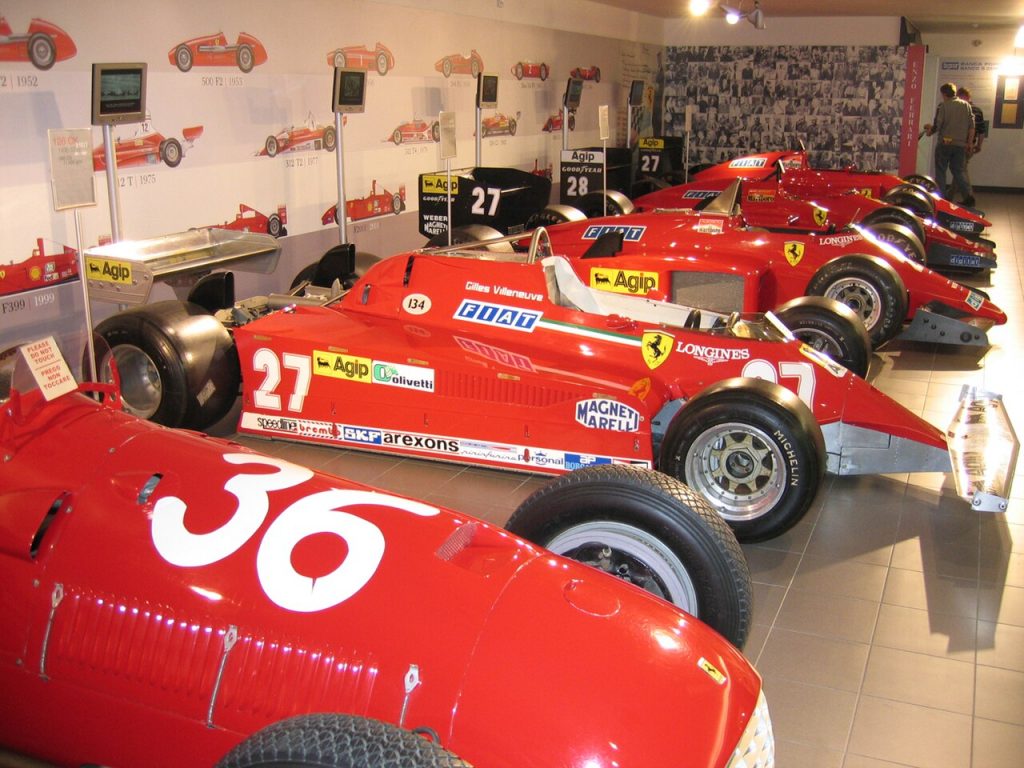
A little further up, the Italian Officers’ Riding School provides a transition before you reach the pretty little Parco Ducalo Estenze, which leads you to the station. And if you have the time, and have completed your visit at 200 miles an hour, you deserve a visit to the Enzo Ferrari Museum, located behind the park to the right of the station.